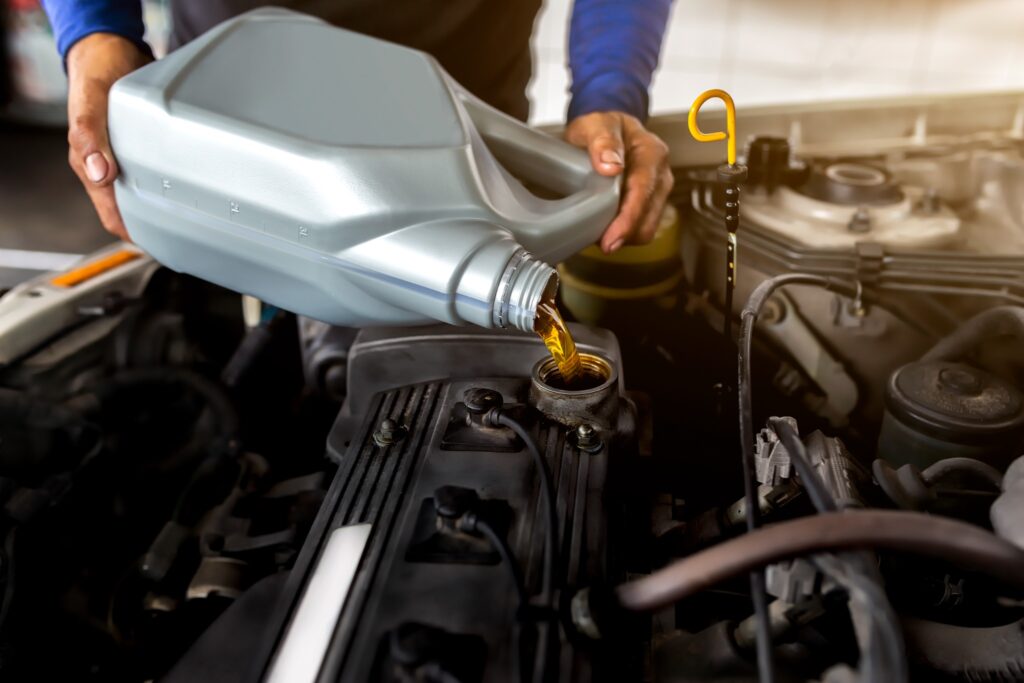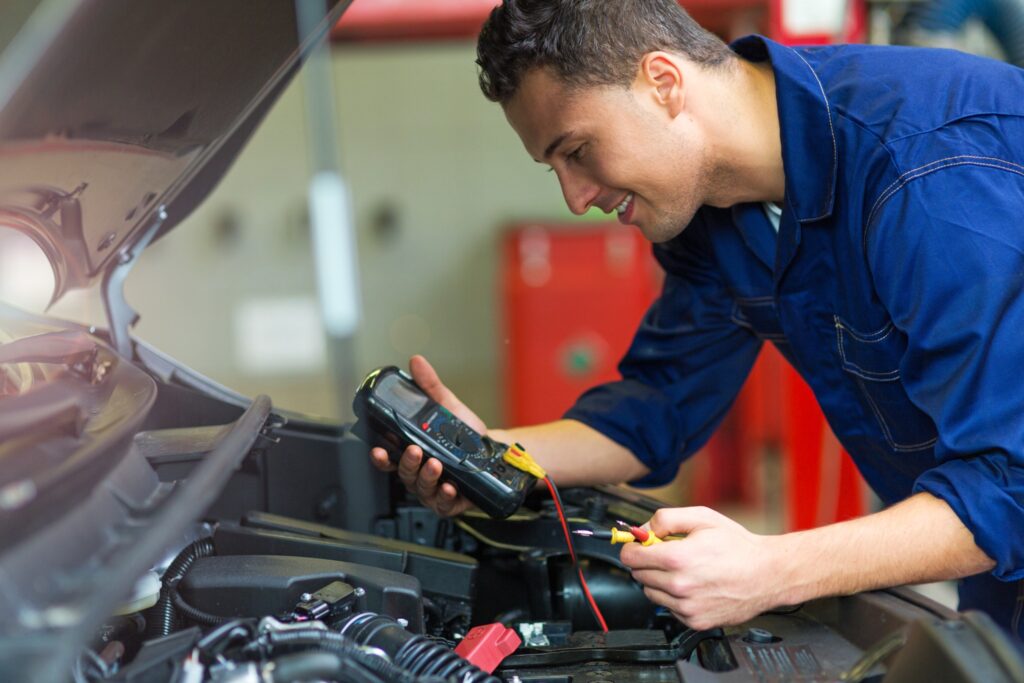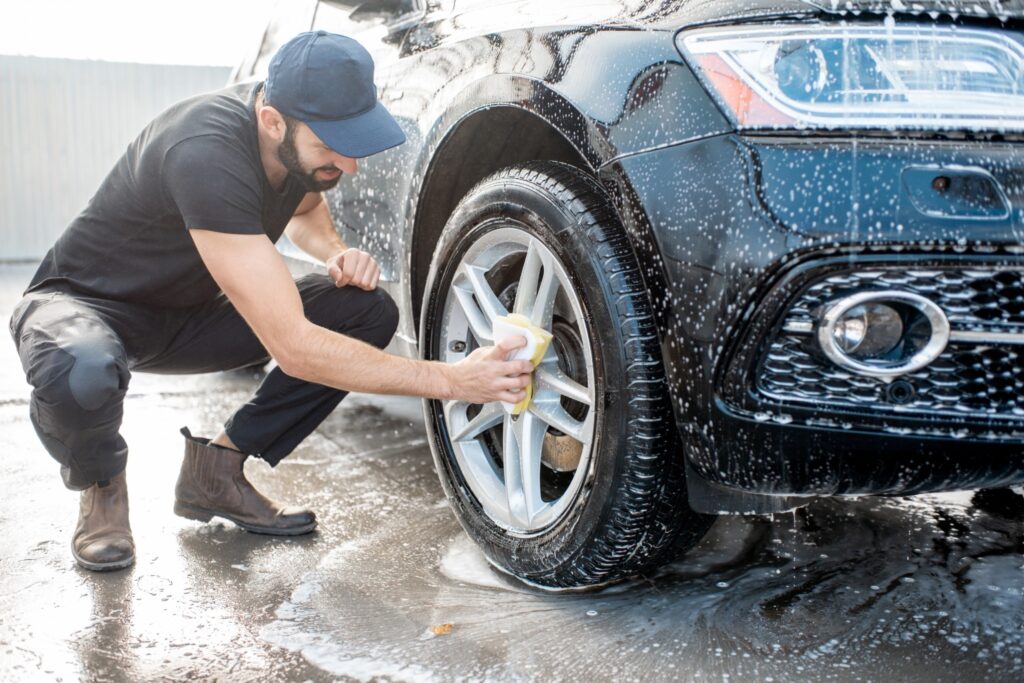Why Credit Unions Should Offer Auto Leasing in 2025

Why Credit Unions Should Offer Auto Leasing in 2025
The Leasing Advantage in Today’s Economy
Car prices are still high. Your members feel it every day: at the dealership, in their monthly budgets, and in how they plan for major purchases. While the economy continues to shift, one thing hasn’t changed. People still need reliable transportation, and they’re looking for smarter, more flexible ways to afford it.
That’s where leasing comes into the picture.
Leasing offers members lower monthly payments and the option to upgrade more frequently without the long-term commitment tied to traditional auto loans. And today’s consumers are seeing the value in that flexibility.
Credit unions have seen it firsthand. Members are traveling again, taking out vacation loans, and easing back into major purchases. But they’re doing it more carefully. The need is there, but so is the caution.
As travel increases and spending behavior rebounds, members are weighing how to finance their next vehicle differently than they did five years ago.
Recent data from Experian’s Q4 2024 Automotive Finance Market Report shows that leasing is gaining traction again, especially among members with strong credit profiles. In fact, over 30% of Prime+ consumers are choosing to lease, and growth is strongest among the Super Prime segment. These aren’t financially strained borrowers. They’re intentional decision-makers, and that matters.
For credit unions, this signals an opportunity to align with shifting member preferences while also generating quality lending volume. With leasing returning to pre-pandemic strength in several states, including markets like New York and New Jersey where over 50% of new financing is lease-based, now is the time to take a closer look.
Why Members Choose Leasing Today
Lower Payments
Lower monthly costs
Flexibility
Fits more budgets
Shorter Terms
Less long-term commitment
Upgrade More Often
Allows a new car every few years
Navigating a Shifting Market
There’s a lot of uncertainty in the economy right now – and Cox Automotive’s Chief Economist Jonathan Smoke says it plainly:
“The economy and auto market are transitioning to a world with higher tariffs on imports.”
So, what does this mean for your credit union and your members?
In short: prices are climbing, especially for in-demand models like compact SUVs. Senior Economist Charlie Chesbrough adds that inventory is tight, incentives are disappearing, and dealers are pricing firmer than ever. That’s not a great combo for members trying to make a smart financial decision.
But that’s where leasing, especially through Fusion’s CU Xpress Lease program, offers a real advantage. Instead of locking into high-interest loans or overpaying on limited inventory, your members can lease with lower monthly payments, shorter terms, and no long-term debt.
Credit unions offering leasing right now aren’t just responding to member demand, they’re staying ahead of it. With Fusion Auto Finance managing the full lease lifecycle (including inspections, residual value, and end-of-lease logistics), you’re not stuck figuring out the back-end. You get all the benefits of competitive auto leasing without the operational burden.
Bottom line? Consumers are still spending, but they’re cautious. They want flexibility, control, and less financial exposure – and that’s exactly what leasing delivers.
“The economy and auto market are transitioning to a world with higher tariffs on imports.”
Jonathan Smoke, Chief Economist at Cox Automotive
Affordability Comes First
Many members already prefer leasing for the flexibility it offers. But in today’s climate, preference has taken a back seat to something more pressing: affordability.
SUVs continue to dominate the top leased models, and when you look at the numbers, it’s easy to see why. According to Experian, the average monthly payment on those vehicles is $148 lower than a comparable loan.
Meanwhile, loan amounts are climbing, and so are monthly payments. That might sound manageable in theory, but in practice? Most members just aren’t looking to stretch their budgets like that. If your credit union hasn’t seen a surge in new loan volume lately, that’s a pretty clear sign. Members are focused on monthly affordability. Leasing fits this moment a lot better than wishful thinking does.
When Loans Start to Hurt
Credit unions live and breathe their loan portfolios. But lately, the warning signs are getting harder to ignore. Delinquencies are creeping up, and that’s not just a member problem, it’s a portfolio problem.
Here’s the breakdown. Thirty-day delinquencies on auto loans climbed from 3.00% in Q4 2023 to 3.12% in Q4 2024. Sixty-day delinquencies also inched higher, now sitting at 1.16%. The jumps might look small on paper, but the trend is clear: more members are falling behind, and it’s happening faster than most expected. We’re heading back toward pre-pandemic territory, and not in a good way.
It’s hitting some members harder than others. Used car buyers and borrowers working with independent dealers are feeling the squeeze most. When members start slipping, credit unions feel it too.
That’s where leasing steps in not just as a smart option, but as a protective one. It gives members a clearer, more affordable path forward and helps credit unions sidestep the mounting risk of long-term loan defaults.
Bottom line? As payments rise and incentives disappear, waiting for things to “go back to normal” isn’t a strategy. Leasing helps you stay ahead of the problem, and keeps your members out of it.
Leasing on Trial
Time to make the case for leasing, because the facts are lining up clearly.
Leasing doesn’t just align with credit union values. It strengthens them. We’re talking about increased member retention, better support across life stages, and deeper long-term relationships that keep your credit union connected and competitive.
It also opens up a new line of business that adds real value to your portfolio without cannibalizing your existing auto loan offerings. In fact, offering both shows you’re flexible enough to meet members wherever they are in their financial journey.
And while we’re revisiting the age-old lease vs. loan debate, let’s not forget: lower monthly payments mean higher approval opportunities. That’s more members saying yes, without more risk on your end.
Why Fusion’s CU Xpress Lease?
Because Not All Leasing Programs Are Created Equal.
By now, the case for leasing speaks for itself. But if you’re going to do it, you need a partner who understands the credit union space and knows how to manage leasing the right way.
That’s where Fusion Auto Finance comes in with the nation’s premier auto leasing program for credit unions, CU Xpress Lease. The CU Xpress Lease program was built specifically for credit unions, with every part of the leasing lifecycle accounted for. From dealer relationships and underwriting support to lease maturity and vehicle return logistics, this full-circle program protects your time, your members, and your bottom line.
What Sets CU Xpress Lease Apart:
100% Residual Value Guarantee
CU Xpress Lease is the only lease program for credit unions that guarantees 100% of the full residual value at lease maturity. No guessing. No end-of-lease surprises.
We Manage the Entire Lease-End Process
We manage the entire lease-end process, including member communications, vehicle returns and inspections, and the collection of any excess wear and tear, and over-mileage charges. You’re never stuck in the middle.
Dealer Marketing & Support
We handle dealer sign-ups and marketing, while also providing ongoing training and support, keeping your credit union top of mind at the dealership.
You Manage Risk, We Handle the Rest
Your only responsibility is managing credit risk. We take care of the rest.
With over 195,000 vehicles leased, 175,000 leases matured, and every residual value paid in full, CU Xpress Lease has proven it is not just a credit union leasing program. It is a strategic partner with results you can trust.
From start to finish, CU Xpress Lease makes leasing easier, smarter, and more sustainable for your credit union. We handle the heavy lifting so you can stay focused on what you do best, servicing your members.
Why Credit Unions Should Offer Auto Leasing in 2025 Read More »













